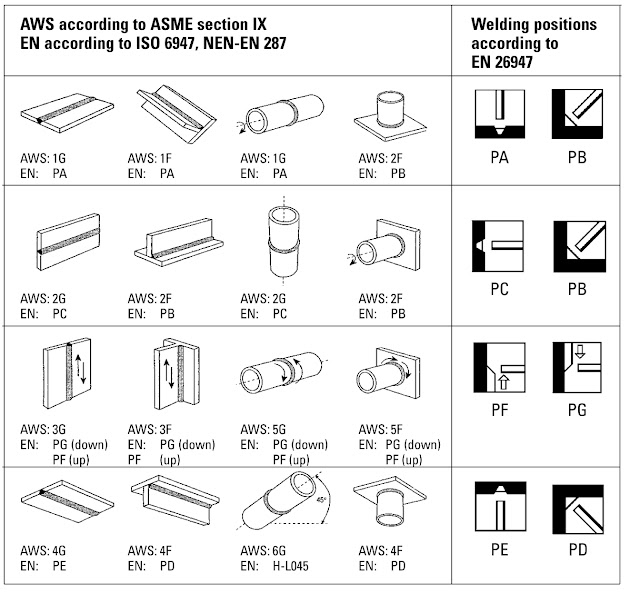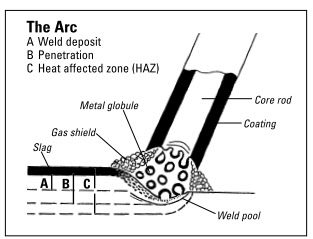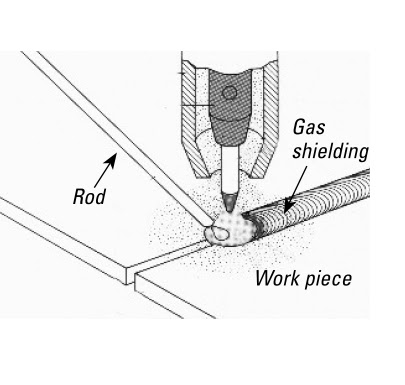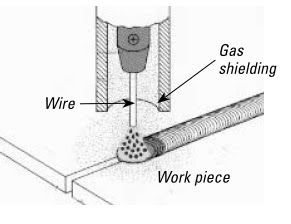Has any body ever thought why we don’t get Beer in PET jar? or PET bottle.
Do you know, whole beer industry is as much intrested in giving beer in PET bottle than us, as this is the cheapest & easy way, though mother nature will not be happy 🙂
Beer in Plastic accounts only for 5-6% in world’s beer package!
What is PET
its short form of Polyethylene Terephthalate, basically a polymer. its extensively used for packaging carbonated drinks.
Whats wrong with PET?
PET absorbs sizable amount of CO2 as the bottle tries to equilibrate with content inside, some study has shwon at 21ºC, PET bottle takes three weeks for 500ppb O2 to invade & four weeks for 10% of the CO2 to wave goodbye.
So what?
OK, Soft Drinks (Carbonated) can tolerate in grease of O2 upto 20ppm, before they change the flavors! so its perfectly on to store it for almost a year!
BUT, for beer, even 0.1 ppm O2 can spoil the itch on tongue! hence normal PET is no-no!
What Next?
People are trying to invent new Coatings to close this barrier or to minimize this sepage! its ‘Work Under Progress’.
Whatever you say, beer look nice in Bottler & Test nice in Glass!
Three cheers to Glass!
Like this:
Like Loading...

























Pressure Vessel Codes & Comparisons
Share this:
Like this: